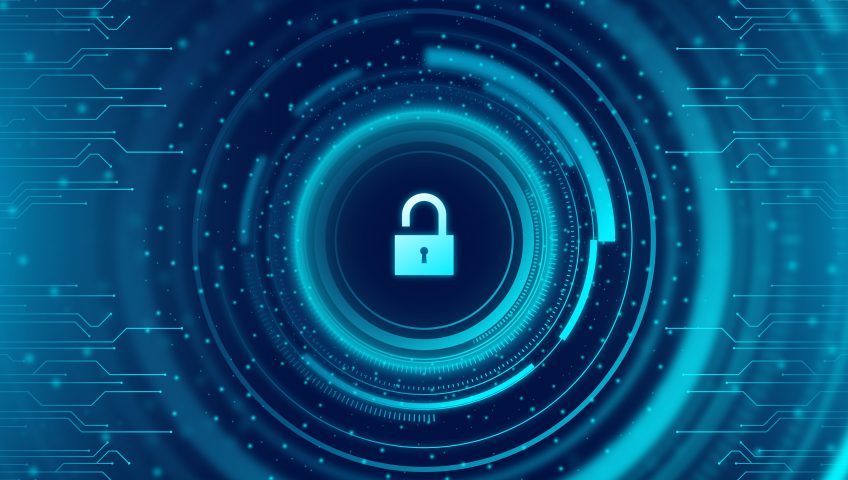Cybersecurity is essential in protecting valuable business data from online threats or cyberattacks. While it might look complicated, there are five powerful methods that can help you enhance your cybersecurity.
1. Deter
We truly believe that “prevention is better than cure”. Taking proactive measures by examining your security health and installing updated security software can significantly reduce the risk of giving access to unauthorised people and falling to cyber threats. In a logical sense, if you refuse to open the door of your home, intruders will find it difficult to enter.
While this approach does not guarantee that these hackers will not attempt to gain access, it does make it more difficult for them to do so.
2. Detect
By utilising cybersecurity systems, employee awareness, and a robust monitoring procedure, you can detect a possible cyberattack and take quick action to protect yourself and your organization.
3. Delay
While entirely preventing cyberattacks can be challenging, there are actions you can take to delay the attackers and create additional barriers to slow down their process. Engaging a cybersecurity firm in Geelong, like GTG, will help protect your business information.
4. Respond
Cyberattacks can be daunting if you are not prepared. Practice implementing these preventative measures to mitigate its risks and if you have strong cyber security–prevent them.
- Install and update security software
Updating software and operating systems on a regular basis could help you detect any unauthorised actions or potential breaches used by hackers. - Backup your data regularly
Performing regular backups allows you to copy the valuable data of your business and recover it in case of a malware attack or data loss.
- Educate and train employees
Implement a successful security awareness program to minimise human risk in your business. This allows your employees to be aware of phishing scams and use safe internet practices.
- Stay informed
Being aware of the latest security trends and practices helps you avoid falling into cyber security traps. Working with a reliable cyber security provider can assist you in developing effective countermeasures and responses in the event of a cyberattack.
5. Recover
Without preventative cyber security measures in place, recovering from a cyberattack can be challenging. An effective recovery procedure isn’t about restoring your business activities as they were before but rather making them more secure to prevent possible risks in the future.
Cybersecurity company in Geelong
Geelong Technology Group provides unmatched IT services solutions that help businesses in securing their data. Through our security awareness training solutions, we can help you protect your business, employees and clients.
Find out where you stand, visit our website for a free Cyber Health Check. Then call 1300 GET GTG (1300 438 484) to learn more about our cybersecurity training program.











Recent Comments